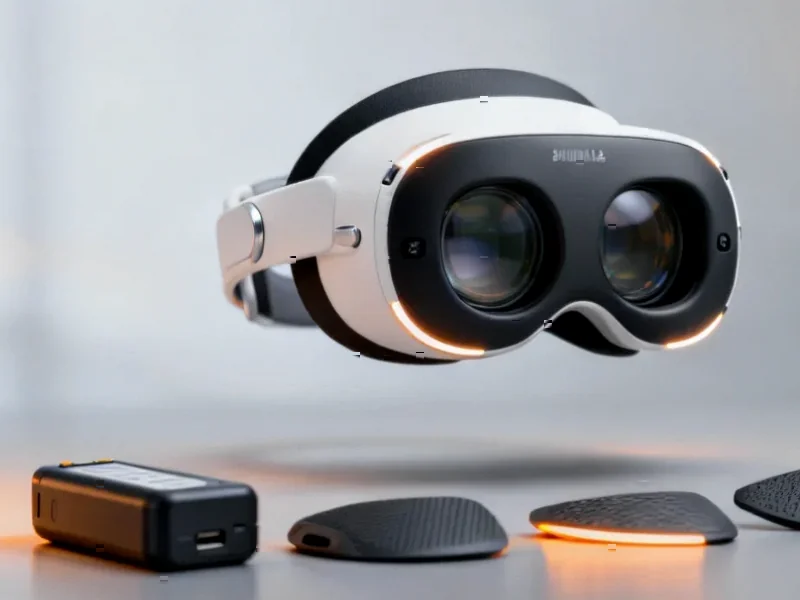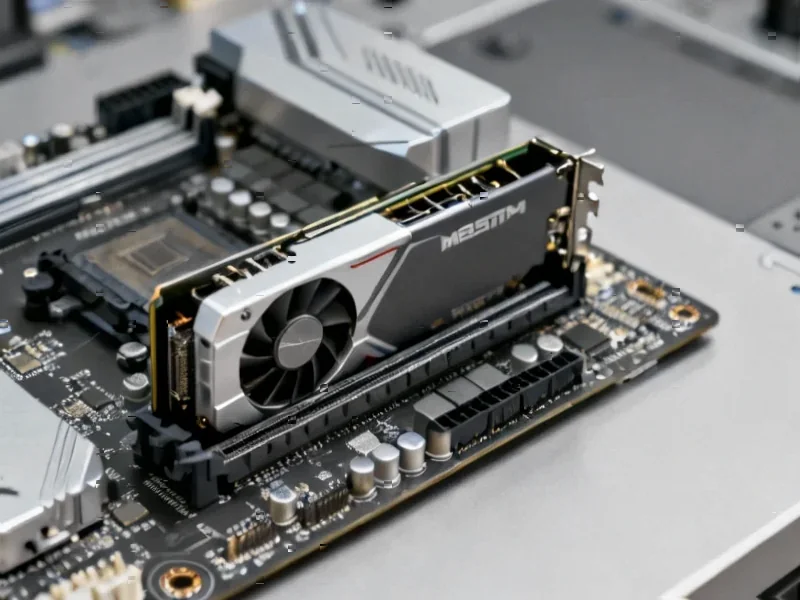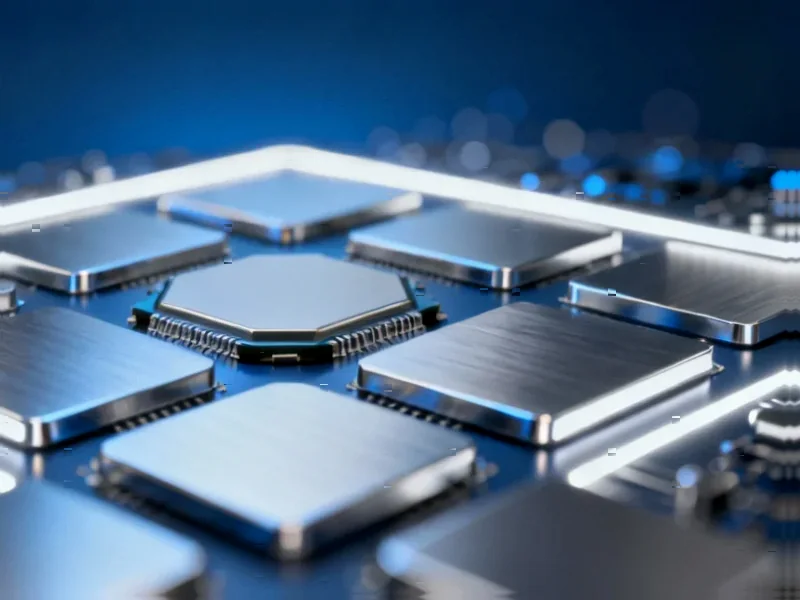According to Semiconductor Today, Efficient Power Conversion Corp has launched the EPC91120, a high-performance 3-phase brushless DC motor drive inverter specifically designed for humanoid robot joints and UAVs. The compact 32mm-diameter board integrates EPC’s EPC23102 ePower Stage IC and delivers up to 21A peak current (15A continuous) while operating from 15V to 55V DC. Experimental results show total system efficiencies exceeding 80% from DC input to mechanical output, and the board was specifically designed to fit the mechanical dimensions of Unitree A1 robot motors. The EPC91120 reference design boards are priced at $394.02, while the EPC23102 ICs cost $4.80 each in volume quantities, with both available for immediate delivery through distributor Digi-Key Corp.
Why this matters
Here’s the thing about robotics: weight and efficiency are everything. Every gram you save on electronics means more battery life or payload capacity. EPC’s approach of embedding the inverter directly into the motor joint is basically eliminating the traditional separate controller box that adds bulk and wiring complexity. And with over 80% system efficiency from electrical input to mechanical output? That’s significant when you’re talking about robots that need to operate for hours on battery power.
GaN vs silicon
What makes this possible is gallium nitride technology. Traditional silicon-based motor drives hit physical limits around switching speed and heat generation. GaN can switch at 100kHz with only 50ns dead time, which translates to smoother motion control and less energy wasted as heat. The EPC23102 IC integrates everything into a single package – gate drivers, protection circuits, the works. This isn’t just an incremental improvement; it’s the kind of fundamental technology shift that enables entirely new robot designs.
Broader implications
Look beyond humanoid robots for a second. This same technology applies to drones, industrial automation, even electric vehicles. Any application where you need precise motion control in a small, efficient package could benefit. CEO Alex Lidow isn’t just hyping products when he says this makes robots “lighter, faster and smarter” – he’s describing a fundamental shift in how we build motion systems. The fact that they’re shipping evaluation boards that drop directly into existing robot platforms like the Unitree A1 means developers can start testing this immediately rather than waiting for custom designs.
What’s next
So where does this lead? I think we’re going to see more motor manufacturers building power electronics directly into their assemblies rather than treating them as separate components. The EPC approach demonstrates that the performance gains are too significant to ignore. The real question is how quickly the rest of the industry will catch up. At $394 for an evaluation board, it’s priced for serious developers, but volume production could bring costs down dramatically. This feels like one of those moments where the underlying technology enables applications we haven’t even imagined yet.




